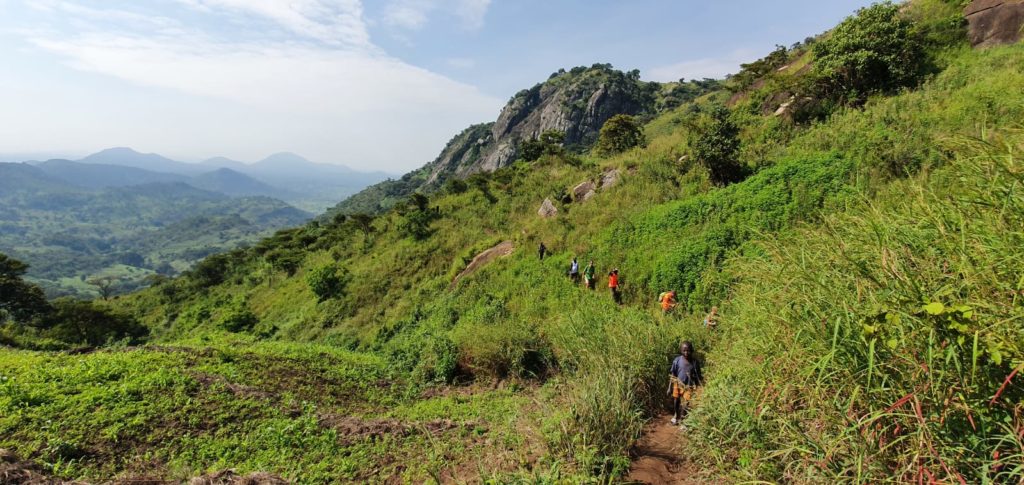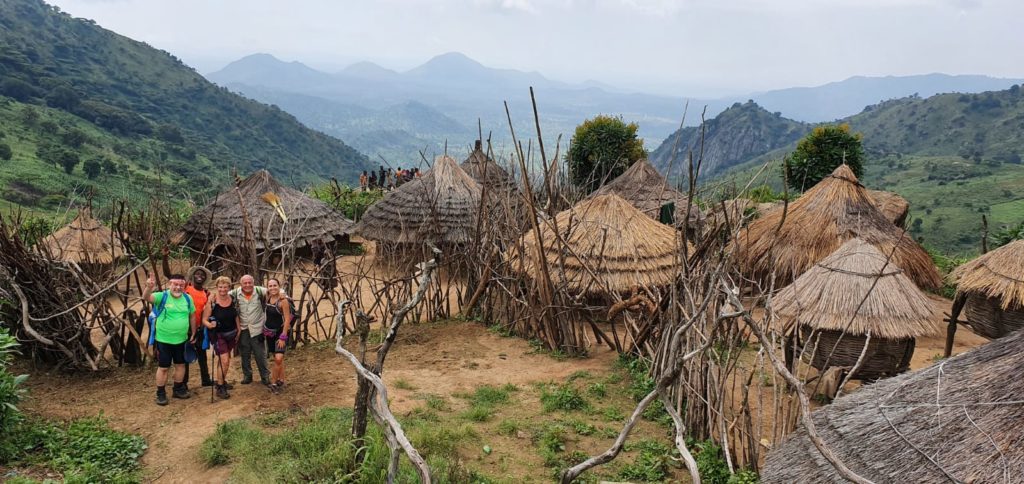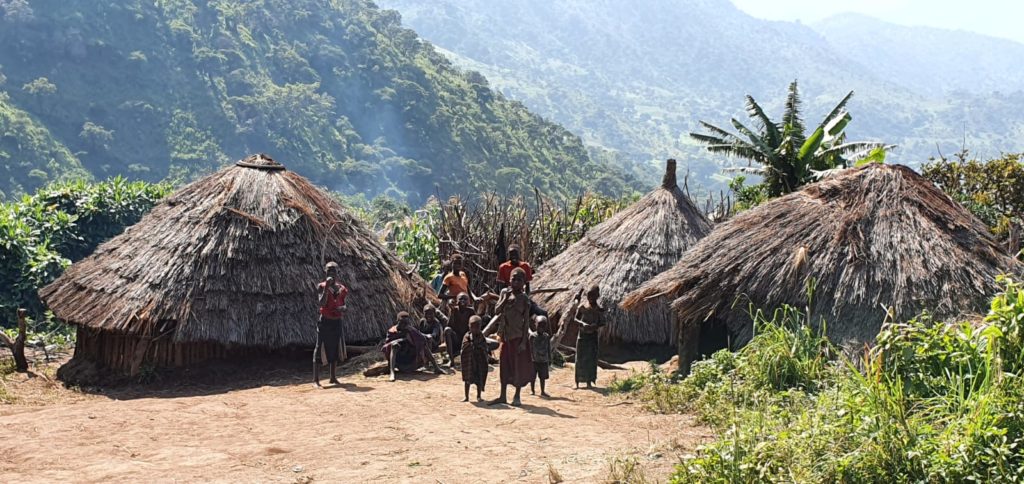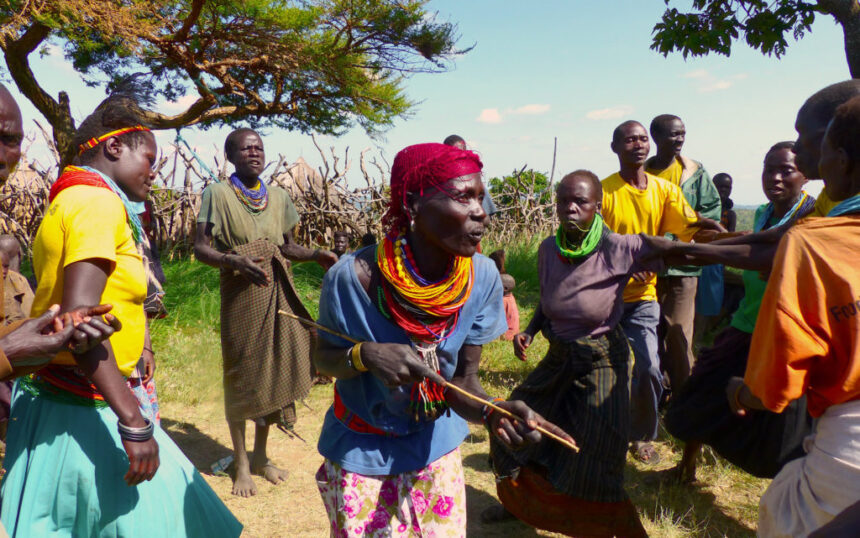The Eastern and North-Eastern parts of Uganda, are home to Uganda’s most distinctive ethnic groups. The famous ones are the Karamojong, a group of nomadic who are known for their love of cattle, their resistance to the trapping of modern civilization, and cattle rustling. But in the mountains that surround Kidepo Valley national park (Morungole Mountain) a small population of the IK tribe exists. These are also referred to as the Mountain People or Tueso. “IK” means head, and they are believed to be the head of migration/ first ones to migrate to the region.
The Ik gained popularity in 1972 when the British-American anthropologist Colin Turnbull released his book, “the mountain people” and since then, people from the western world mostly researchers have visited the group to know about them. In the travel industry, culture lovers love to see the way of life, but they are a less popular tribe among the locals from other parts of the country.

They are assumed to have been traditional hunter-gatherers, but there is evidence that shows that agriculture has always been one of the main economic activities for the Ik. A visit to the Ik tribe is an experiential and rare encounter because it is a journey to one of the most remote areas in East Africa. The journey involves a 2700m hike up on the scenic Mt. Morungole and it requires good physical ability and endurance. The mountain divides Uganda, Kenya (Turkana Land), and South Sudan. The village has a village of mud huts, fenced like the Manyattas of the Karamojong and with vistas of Kidepo Valley.
In his book, Turnbull portrayed the Ik as loveless people, unfriendly, and mean. We cannot know why he wrote like that, but his antipathy for this tribe must have not been on disparage, because they are good and welcoming people when you visit them.
The Ik are a small tribe with between 10,000 to 12,000 people and their folklore says they migrated from Ethiopia and settled in Kenya first before to the highlands and areas around Kidepo valley national park. The pressure on them by the other hostile groups like the Karamojong, tepeth, and also the government interference to gazette Kidepo Valley as a park, force them to move to the mountains of Morungole to be free from all these.
A day visit to the mountain, gives an insight into the culture of the Ik people, their way of life, performances, and history. The Ik look like the Karamojong but they are not, their language differs from that of the Karamojong. The terrain to the mountain is deceptive at first but then it rises to what is 2700m, which makes a 16km round journey. With the help of IK language speaking guides, you can meet and interact with this endangered group through translation.

The Ik live in clusters/ small arranged villages that make a total community called “Odoks”. Each family at least has an “asak” or granary where they store their harvests and prepare for the dry season when the food is less.

Children by the age of 3 are sometimes expelled from the households to live in age bands that consist of children with the same age groups. Junior groups consist of children who are 3-8 years and senior groups consist of those that are between 8-13 years. From here most get married and start families when they are young. The biggest percentage of the people here is illiterate and in the community, only 1 person has completed university.

The old do not teach/look after the children, the circumstances make each one learn and survive on their own for food and the children in the age bands protect each other.
Visiting Kidepo valley National park or want a cultural tour around Uganda? Let’s plan the visit to the IK and incorporate it into your travel plan. It will require an extra day if you are merging it with a wildlife safari to Kidepo Valley NP.

